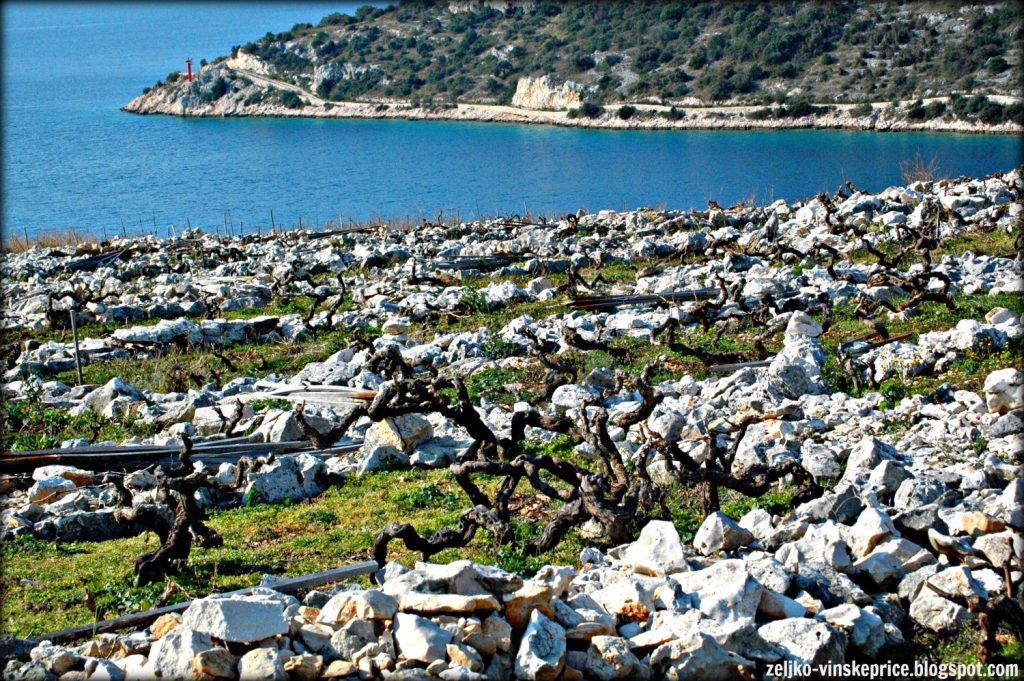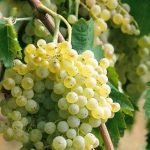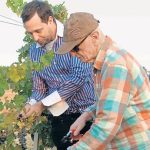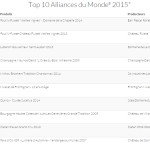The 2017 harvest needs to be forgotten quickly, the vine growers and winemakers of Primošten say, who have witnessed large climate changes in the past years, which made them lose grapes and wine. This year was especially poor, partially due to spring frost and partially due to a huge summer drought, which reduced yield, grapes ripened hastily and the wines are bitter. The promise of a poor vine growing year was noticeable right at the start of it, Mreža TV has reported on November 14, 2017.
The frost which hit the vineyards in micro depressions reduced the yield, and then late spring temperatures jumped suddenly and harmed the vines already in bloom. August was literally deadly in temperatures and by rainfall. Due to all this, the harvest began unusually early.
Besides the vineyard and grapes having a poor look to them, measurements showed the wine would not amount to much.
The Babić variety, also known as Babica, Pažanin, Roguljanac and Šibenčanac has a dark blue colour of grapes and is mostly grown in Dalmatia in the areas of Šibenik and Primošten towns.
Babić is grown in Primošten on 70 hectares, with 230 agricultural enterprises cultivating them. Among the areas where superior Babić is grown is Bucavac, in the so-called Primošten stone lace.
Babić is considered an indigenous Croatian variety, since it has a unique genotype and the world knows no other variety with the same genetic profile. One of the oldest mentions of this variety, under the synonym Babičevac, was found in a report by the “First Dalmatian-Croatian-Slavonian Exhibition” held in Zagreb in 1864. Today Croatia has 368 hectares cultivated with this variety.
Translated from Mreža TV.











